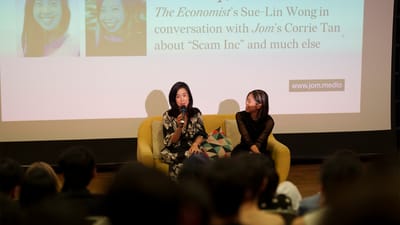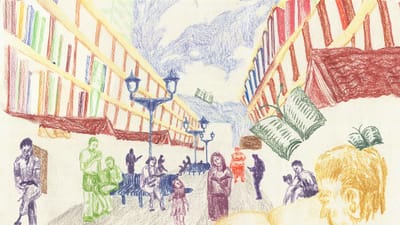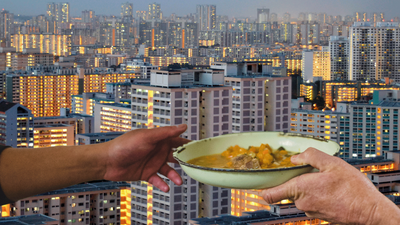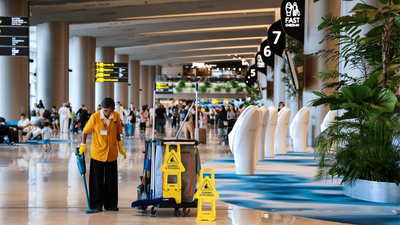In March 2020, just after the coronavirus reached our shores, Odette Yiu stumbled upon a “Mutual Aid and Community Solidarity” Google spreadsheet that Wares, a local library and infoshop, had created. Anyone on the internet was free to state their needs and offer help directly. Each request was accompanied by a story: “[recipient needs] S$300 to make a deposit for a new place to rent; they hardly have enough left for food and are also paying off a S$120 hospital bill.” The bills mentioned were then verified by a group of volunteers, who would proceed to keep track of the funds raised. Though most of the requests were monetary in nature, some people sought food, jobs, and services: “Urgently need a trained youth therapist or counsellor who can provide free counselling sessions over Telegram for a LGBTQ+ youth under 18.”
By circumventing potential intermediaries, such as government agencies or charities, mutual aid is often perceived to be more efficient than social welfare, especially in terms of cash flow. As a digital native in their early 20s, Yiu found the spreadsheet easy to navigate. It included an introduction to the initiative, a compilation of reading materials for those who would like to better understand the concept of mutual aid, as well as links to fundraisers for vulnerable groups like sex workers and migrant workers. The organisers also created a Telegram channel and group chat to facilitate communication regarding fundraising and the distribution of resources.
The next month, the government announced a nationwide partial lockdown, otherwise known as the “circuit breaker”, to minimise the spread of the virus. Students had to transition to home-based learning and most of the adults in Yiu’s orbit started working remotely. For many privileged Singaporeans, the circuit breaker was a reprieve from their usual lives, one that allowed them to indulge in home workouts, baking bread, and brewing kombucha. They could avoid contamination with ease, as “non-essential workers” who were able to avoid producing or coming into contact with commodities to make a living. By contrast, there were plenty of single mothers who struggled to put food on the table, as they did not have the option to work remotely and were reluctant to compromise the safety of their young children; odd job labourers who were laid off as businesses tried to cut costs; ex-convicts who struggled to find employment in an especially unforgiving job market. The spreadsheet was evidence that while the misery that emerged from dealing with a novel public health crisis was collective, the extent of suffering differed.
Day by day, Yiu watched as the requests for aid grew in volume and urgency. As someone who had spent most of their schooling years in elite institutions along Bukit Timah Road, Yiu had limited opportunities to mix with people of different races, incomes, and family backgrounds. Through the spreadsheet, they were exposed to people who were facing precarity, which had intensified because of the pandemic. The borderlessness of the internet enabled people from various socio-economic backgrounds to converge. Desperate to help, Yiu threw themselves into the crisis relief efforts. They contacted and built intimate connections with those asking for aid, coordinated fundraisers, signal-boosted on their personal social media accounts, and updated the spreadsheet with developments pertaining to the requests.





